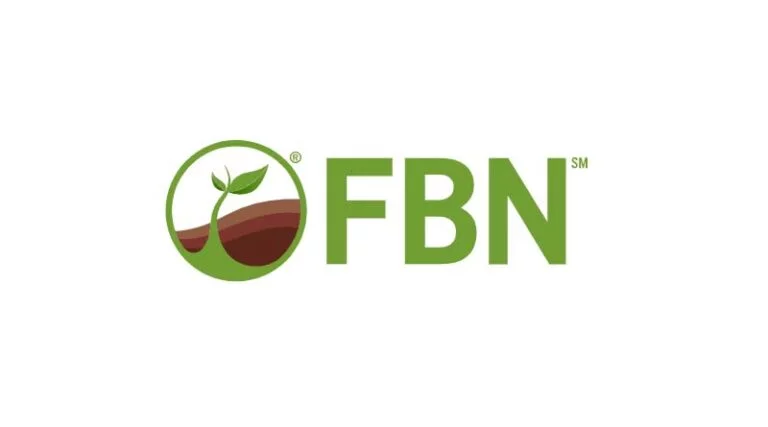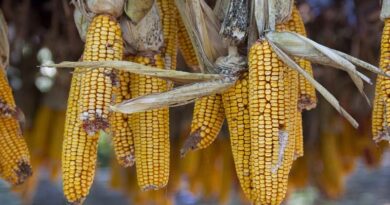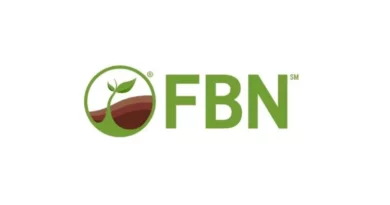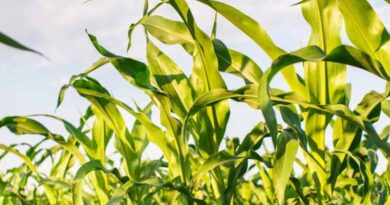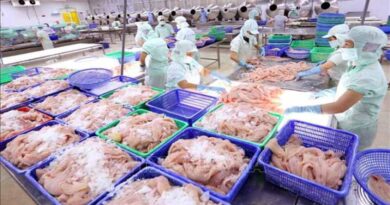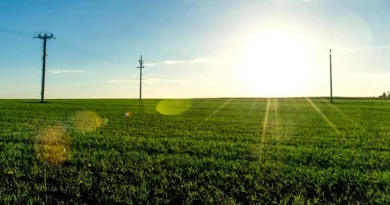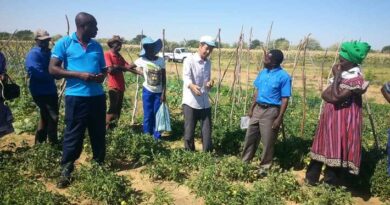3 Unexpected Ways Your Corn Loses Moisture
09 September 2023, US: As fall approaches, farmers across the Corn Belt are awaiting the start of harvest. But you may be asking yourself, “Is my corn crop dry enough to be taken out of the field?”
There are a number of factors influencing corn grain moisture; being mindful of them can help guide your schedule of harvest activities.
1. Reaching Black Layer
A good rule of thumb is that kernels will reach maximum dry matter, or starch, accumulation 55-65 days after silking, at which point the hard starch layer has advanced all the way down the kernel. As each kernel reaches black layer, its life cycle effectively ends and it will no longer receive — or need, for that matter — nutrients and moisture from the cob.
Kernel moisture typically ranges from 30-35% at the onset of black layer.
Corn harvested at 24% moisture or greater is commonly referred to as high moisture corn and is an excellent option for feeding livestock. If you don’t have a market for high moisture corn, however, you’ll want to optimize field drydown to reduce your drying costs.
Moisture drydown after black layer is due entirely to evaporative loss, and it stems from both environmental and hybrid-dependent factors.
2. Weather Impacts
If the weather is warm with low humidity, the evaporation of kernel moisture will be faster and you will reach a lower grain moisture sooner than if it’s cooler and with higher levels of humidity.
There is no set drydown rate. Research by R.L. Nielsen summarized that drydown rates can range from 0.4-0.8% per day (with daily extremes as high as 1% and as low as zero drydown). That means it could easily take 15-30 days to see field drydown from 30% moisture to 18% moisture.
3. Plant Characteristics
- Husks impact the rate at which moisture evaporates from the ear. For example, husks that are looser or have a shorter husk coverage of ear will allow for faster drydown. If the husks scenesce, or die, more quickly they will also allow for a quicker evaporation of moisture from kernels.
- The angle of the ear will also affect drydown rate. As ears decline, or drop from an upright position, moisture will be removed from grain more quickly and there is less chance of rain collecting in husks.
- The relative maturity (RM) of your corn also contributes to how quickly it will be ready to harvest. Since there is no standard RM assignment to hybrids across seed companies, using the growing degree units to silk stage or black layer provided for your specific hybrids — taken into account with the above factors — can provide a better roadmap to when you may potentially be ready for harvest.
Prepare for Harvest with FBN Direct®
Optimize harvest with pre-harvest and post-harvest weed control products, desiccation supplies, harvest aids like Willowood Paraquat* and Ag Saver Glyphosate, and more from FBN Direct. With streamlined online shopping features, dependable products and fast direct-to-farm delivery, FBN Direct makes it easy to get the harvest supplies you need, when you need them.
Also Read: ADAMA launches 2 new CTPR-based products in India
(For Latest Agriculture News & Updates, follow Krishak Jagat on Google News)

